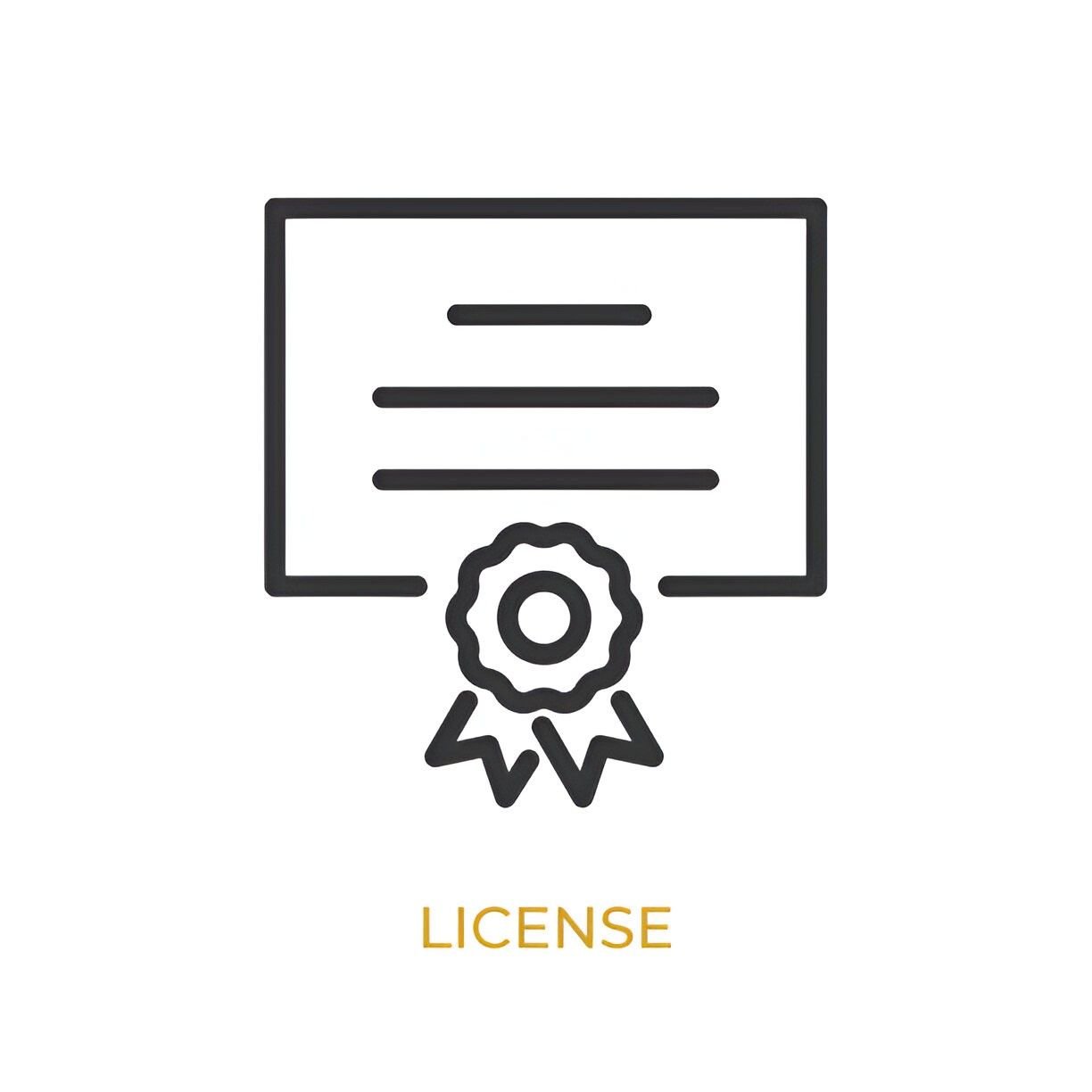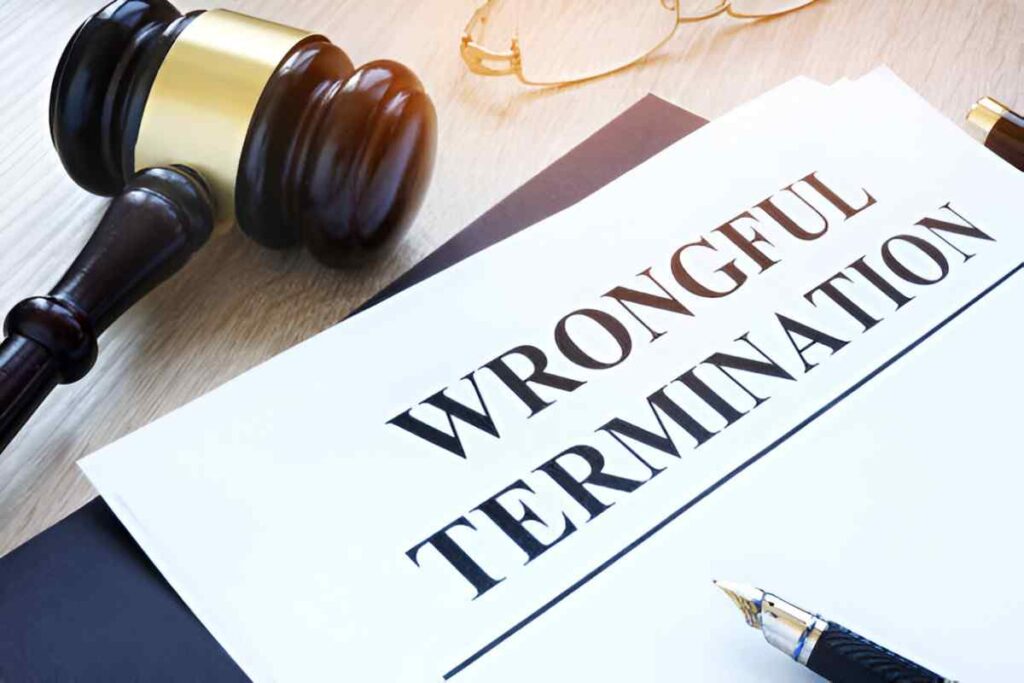A Letter of Licence is a formal document issued by a licensor to grant permission or authorization to a licensee for the use of certain rights, assets, or intellectual property. This letter outlines the terms and conditions under which the licensee is permitted to utilize the licensed material, ensuring legal compliance and protection of the licensor’s interests. In the realm of business and commerce, Letters of Licence play a crucial role in facilitating agreements between parties for the lawful use of various assets or rights.
Table of Contents
What is a Letter of Licence?
A Letter of Licence is a legal document that grants permission to a licensee to use specific rights, assets, or intellectual property owned by the licensor. This document outlines the scope of the license, including the permitted usage, duration, fees, and any other relevant terms and conditions. It serves as evidence of the agreement between the licensor and the licensee, ensuring clarity and mutual understanding of their rights and obligations.
Key Points:
- Permission Grant: It grants permission to the licensee to use certain rights, assets, or intellectual property.
- Terms and Conditions: Outlines the terms, conditions, and limitations of the license agreement.
- Legal Compliance: Ensures legal compliance and protection of the licensor’s interests.
How Does a Letter of Licence Work?
- Negotiation: The licensor and the licensee negotiate the terms of the license agreement, including the scope of the license, fees, duration, and any restrictions.
- Drafting the Letter: Based on the negotiated terms, the licensor prepares a Letter of Licence detailing the agreed-upon conditions and granting permission to the licensee.
- Review and Approval: Both parties review the letter to ensure that it accurately reflects their agreement. Any necessary revisions are made before final approval.
- Execution: Once finalized, the Letter of Licence is signed by both parties, officially establishing the legal agreement.
- Implementation: The licensee can then proceed to utilize the licensed rights, assets, or intellectual property in accordance with the terms outlined in the letter.
Importance of a Letter of Licence
A Letter of Licence holds significant importance for both the licensor and the licensee:
Legal Protection: It provides legal documentation of the license agreement, protecting the rights and interests of both parties.
Clarity and Understanding: Clearly outlines the rights, obligations, and limitations of the license, ensuring mutual understanding and preventing misunderstandings or disputes.
Business Opportunities: Facilitates business opportunities by allowing the licensor to monetize their assets or intellectual property and enabling the licensee to access valuable resources for their operations.
Example Scenario of a Letter of Licence
Consider the following scenario:
Scenario: ABC Corporation owns a trademark for a popular brand name and wishes to grant a license to XYZ Company to use the trademark on their products.
- Negotiation: ABC Corporation and XYZ Company negotiate the terms of the license agreement, including the scope of usage, licensing fees, and duration.
- Letter Preparation: ABC Corporation prepares a Letter of Licence outlining the terms and conditions of the license agreement, including the specific products XYZ Company is permitted to use the trademark on and the royalty payments.
- Review and Signing: Both parties review the letter to ensure it accurately reflects their agreement. Once satisfied, they sign the letter to formalize the license agreement.
- Implementation: XYZ Company begins using the trademark on their products as per the terms outlined in the Letter of Licence, while ABC Corporation receives royalty payments as agreed.
Legal and Ethical Considerations
Intellectual Property Rights: It is crucial to ensure that the licensor has the legal authority to grant the license and that the licensed material does not infringe upon any third-party rights.
Compliance with Laws and Regulations: The license agreement must comply with relevant laws and regulations governing intellectual property, contracts, and licensing agreements.
Fair and Equitable Terms: The terms of the license agreement should be fair and equitable to both parties, avoiding any provisions that may be deemed unfair or unreasonable.
Benefits and Drawbacks
Benefits for Both Parties:
- Monetization of Assets: Allows the licensor to generate revenue by licensing their rights or assets.
- Access to Resources: Provides the licensee with access to valuable resources or intellectual property for their business operations.
Drawbacks for Both Parties:
- Risk of Misuse: There is a risk that the licensed material may be misused or exploited in a manner not authorized by the license agreement.
- Disputes and Litigation: Disputes may arise between the licensor and the licensee regarding the interpretation or enforcement of the license agreement, leading to legal proceedings.
Conclusion
A Letter of Licence serves as a vital document in formalizing agreements between licensors and licensees for the lawful use of rights, assets, or intellectual property. By outlining the terms and conditions of the license agreement, it ensures legal compliance, protects the interests of both parties, and facilitates mutually beneficial business arrangements. However, careful negotiation, drafting, and review are essential to create a fair and equitable agreement that fosters trust and cooperation between the licensor and the licensee.





